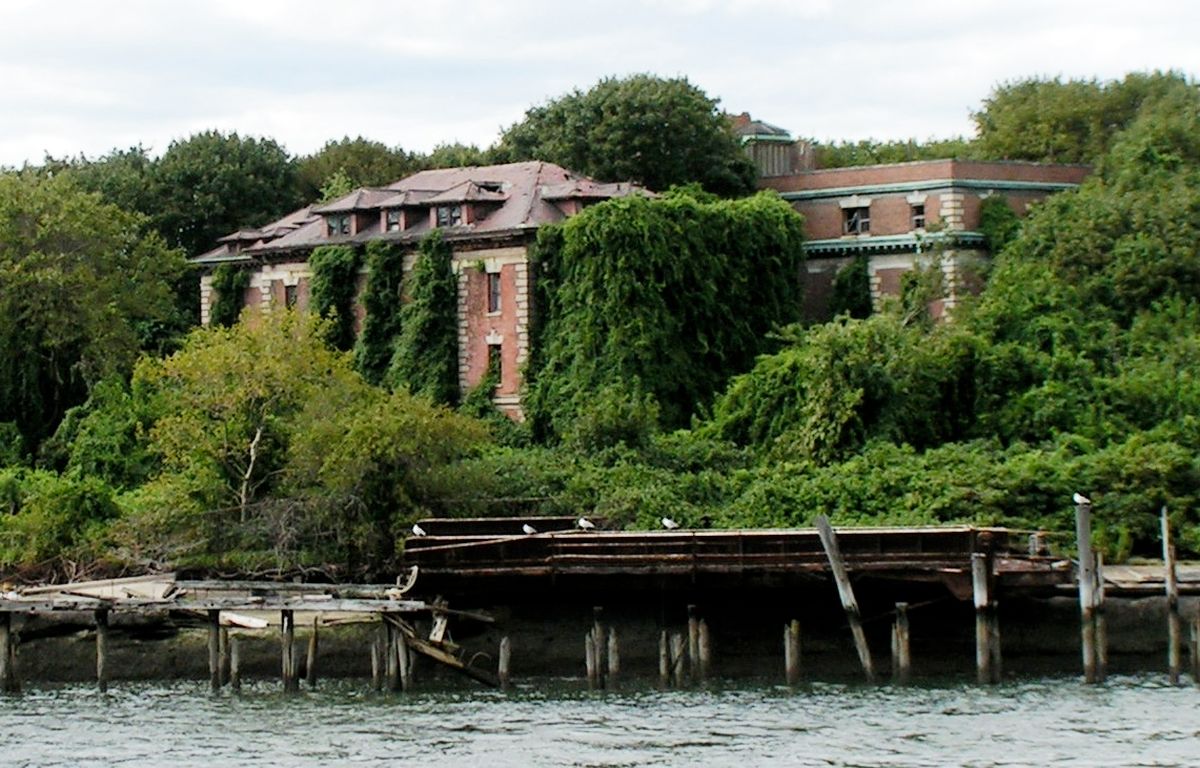Secrets Of New York’s Abandoned Quarantine Island Hospitals

Have you ever wondered about the hidden corners of New York? One of the most intriguing spots is North Brother Island, home to abandoned quarantine hospitals. This eerie place once served as a quarantine station for patients with contagious diseases. Now, it stands as a haunting reminder of the past, with crumbling buildings and overgrown paths. Exploring this island offers a unique glimpse into history, far removed from the bustling city life. If you're curious about forgotten places and love a good mystery, North Brother Island is a must-see. Ready to uncover its secrets? Let's dive in!
Secrets of New York's Abandoned Quarantine Island Hospitals
New York City, known for its bustling streets and iconic landmarks, hides a more mysterious side. Scattered across its waters are islands that once served as quarantine stations and hospitals. These places, now abandoned, hold stories of the past waiting to be uncovered.
North Brother Island
North Brother Island, located in the East River, has a haunting history. Once a quarantine hospital for smallpox and other contagious diseases, it later became a rehabilitation center for drug addicts. Today, it's a bird sanctuary, closed to the public but rich in eerie tales.
- Riverside Hospital: Established in 1885, Riverside Hospital treated patients with contagious diseases. The hospital's most infamous resident was Typhoid Mary, who was quarantined here until her death.
Roosevelt Island
Roosevelt Island, nestled between Manhattan and Queens, has a history of isolation and medical care. Once known as Welfare Island, it housed several hospitals and asylums.
Renwick Smallpox Hospital: Built in 1856, this Gothic Revival structure treated smallpox patients. Now in ruins, it's a haunting reminder of the island's past.
Metropolitan Hospital: Originally part of the Blackwell's Island complex, this hospital treated a variety of ailments. Its history includes tales of overcrowding and poor conditions.
Hart Island
Hart Island, often called the "Island of the Dead," serves as New York City's potter's field. Over a million people are buried here, many of whom were patients from nearby hospitals.
- Hart Island Hospital: This facility treated patients with tuberculosis and other diseases. The hospital's remains are a somber testament to the island's role in public health.
Ellis Island
Ellis Island, famous for its immigration station, also housed a hospital complex. Immigrants with contagious diseases were treated here before being allowed to enter the United States.
- Ellis Island Immigrant Hospital: Opened in 1902, this hospital treated thousands of immigrants. The abandoned buildings now offer a glimpse into the challenges faced by those seeking a new life in America.
Swinburne Island
Swinburne Island, a small artificial island in Lower New York Bay, was created to quarantine immigrants with contagious diseases.
- Swinburne Island Hospital: Established in the 19th century, this hospital treated patients with cholera, yellow fever, and other diseases. The island's ruins are now a sanctuary for harbor seals.
Hoffman Island
Hoffman Island, near Swinburne Island, also served as a quarantine station. It played a crucial role in protecting New York City from epidemics.
- Hoffman Island Quarantine Station: Built in the 1870s, this facility quarantined immigrants and sailors. The island is now off-limits, but its history remains a vital part of New York's public health story.
Hidden History of New York's Quarantine Island Hospitals
New York's abandoned quarantine island hospitals hold a rich, often overlooked history. These sites once played crucial roles in public health, especially during outbreaks of diseases like smallpox and typhus. Exploring these islands offers a unique glimpse into the past, revealing stories of struggle, resilience, and medical advancements. While these hospitals now stand in ruins, they serve as poignant reminders of the city's efforts to combat epidemics and protect its residents. Visiting these islands can be a haunting yet enlightening experience, connecting us to a time when medical science was still evolving. Whether you're a history buff or just curious, these forgotten places offer a fascinating journey into New York's past. So next time you're in the city, consider taking a trip to these hidden gems to uncover the secrets they hold.

